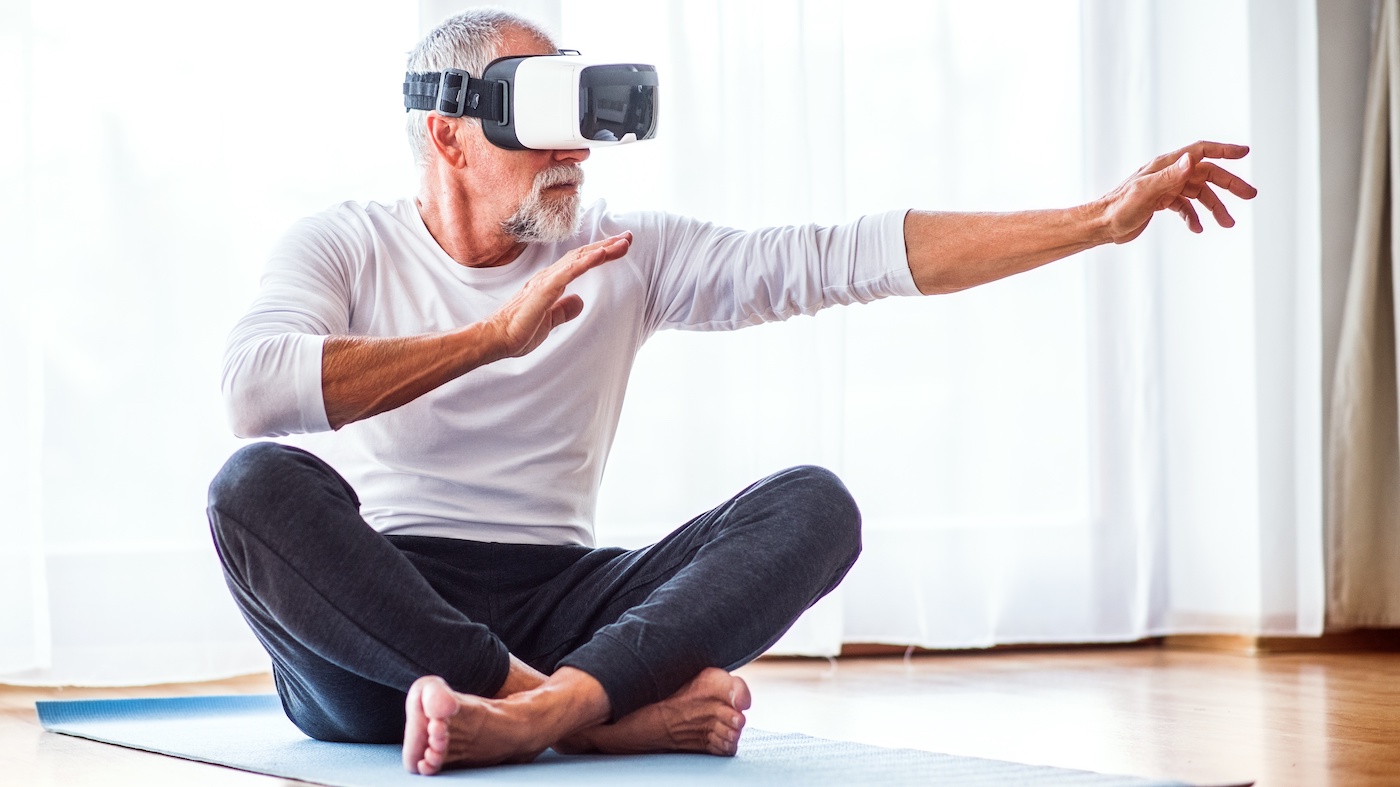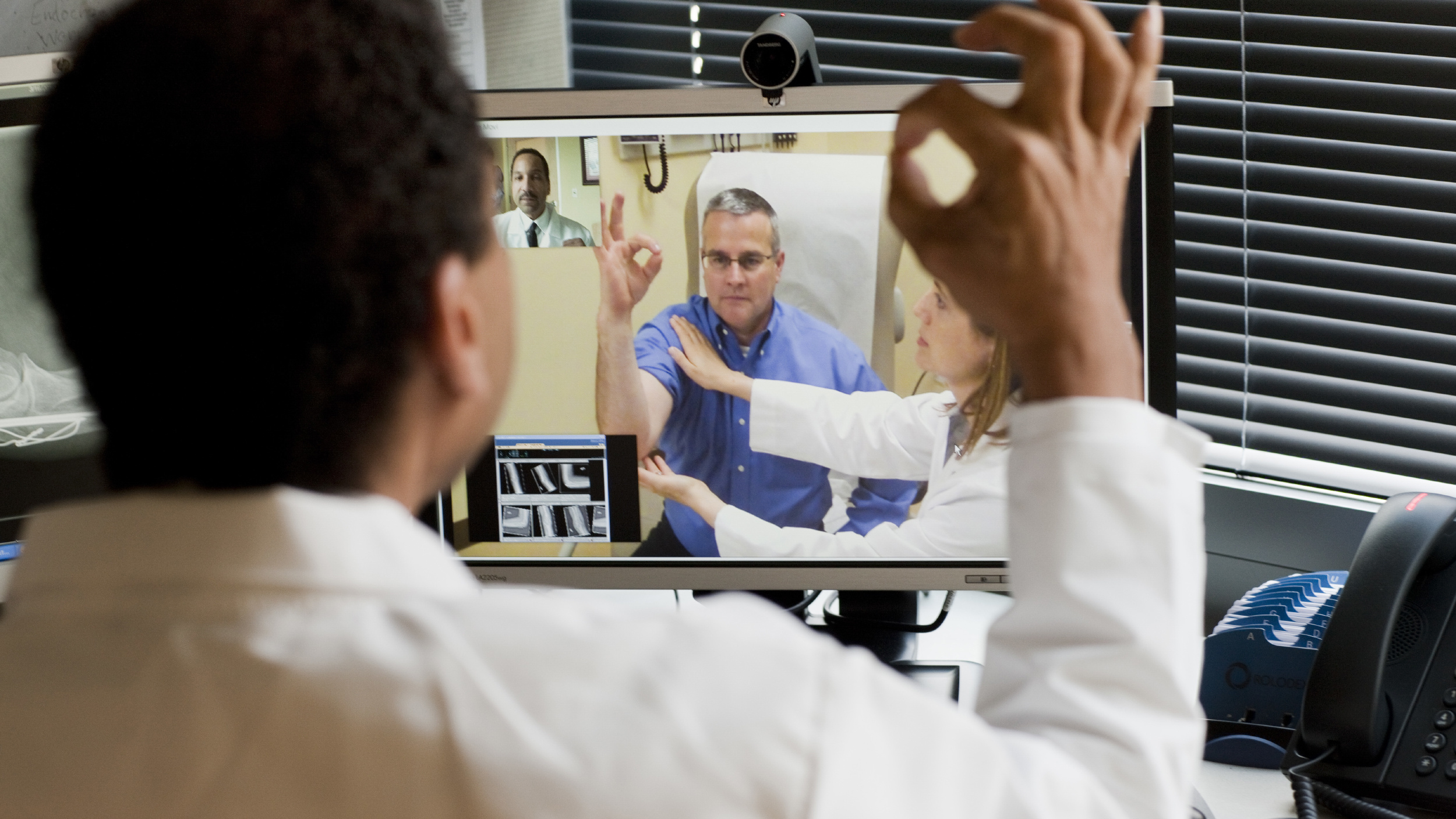42 percent of Users Lose Interest in Fitness Trackers After 6 Months

Fitness wearables do have the ability to facilitate change, according to a paper published in The Journal of the American Medicine Association. But Melissa Dahl from NYMag reports that 42 percent of people stop using them after the first six months.
Battery life is a major con for most fitness trackers. Most of these fitness watches require attention every seven days to plug-in and charge—it’s a hassle. Then a day eventually comes when users become tired of plugging the thing into and outlet that it remains dead on a shelf. Though, we deal with our smartphone’s constant need for daily plug-ins, consumers may feel that another device to baby is one too many. Researchers suggest that off-loading the fitness tracking to smartphones would be a better, all-in-one solution.
But these strategies are hardly incorporated into modern fitness devices. Yes, we may see we may have only walked 5,000 steps today, but what does that mean in context of our health? Why should we change our behavior? The authors write that if fitness trackers are to have a long-term life with consumers, companies will need to put in better systems to facilitate a change in our behavior.
“Anticipated regret, an individual’s concern or anxiety over the reward he or she might not win, can have a significant effect on decision making.”
People can only care about knowing their daily steps and sleep patterns for so long if it’s not laid out in a risk/reward motivational system.
The researchers write what could drive behavioral change and continued use:
“Ultimately, it is the engagement strategies—the combinations of individual encouragement, social competition and collaboration, and effective feedback loops—that connect with human behavior.”
Dahl notes that the authors don’t quite elaborate on how this would work, but the point is clear: people can only take-in pie charts for so long. Though, some trackers are making modifications to signal us to walk around when we’ve been sitting too long–trying to create healthy habits. There’s still a ways to go before the real matches with the desired result.
Read more at NYMag
Photo Credit: Shutterstock





